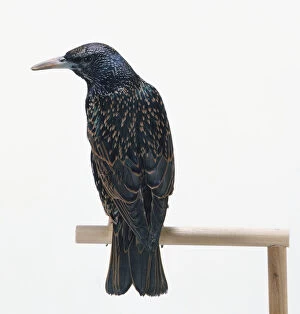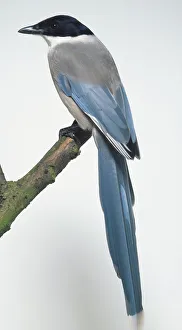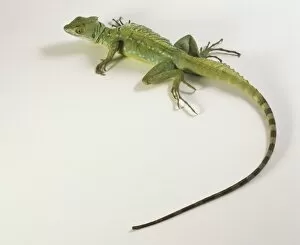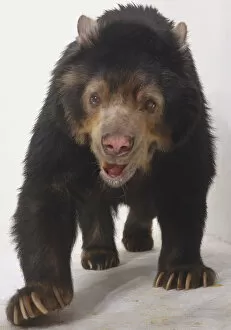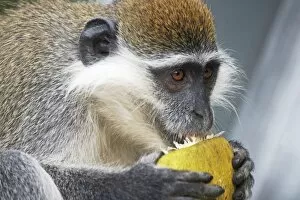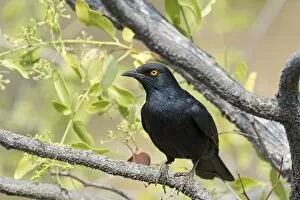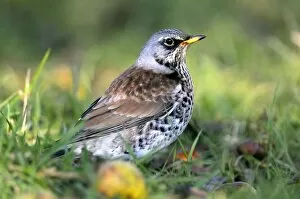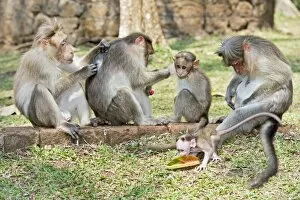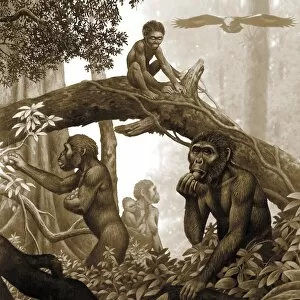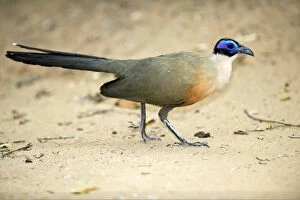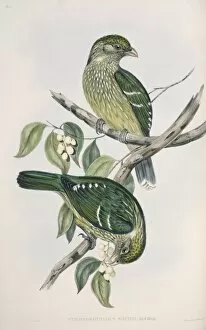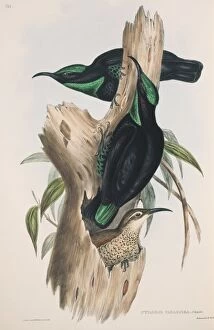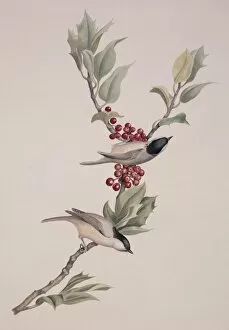Omnivorous Collection (page 4)
"Exploring the Omnivorous World: A Fascinating Journey through Various Species" Binturong (Arctictis binturong
All Professionally Made to Order for Quick Shipping
"Exploring the Omnivorous World: A Fascinating Journey through Various Species" Binturong (Arctictis binturong): Discover the omnivorous habits of this unique and elusive creature, known for its love of fruits and small animals. Red squirrel on a branch: Witness the resourcefulness of these omnivores as they forage for nuts, seeds, and even insects to sustain themselves in their treetop habitats. Common magpies, 19th-century artwork C013 / 6315: Delve into the intriguing world of these intelligent birds that thrive on a diverse diet ranging from berries and grains to small mammals and carrion. Dog skull X-ray: Uncover how our beloved canine companions have adapted to an omnivorous lifestyle over centuries, with teeth designed to chew both meat and plant matter. Collared Peccaries/Javelinas - Family group in the desert of southwest Arizona USA: Explore how these social creatures navigate their arid surroundings while feasting on cacti fruits, roots, insects, small vertebrates, and occasionally scavenging carcasses. A Sleepy Ring-Tailed Lemur - Island of Madagascar: Learn about the dietary preferences of these adorable primates as they consume a wide range of foods including fruits, leaves, flowers, nectar, bark extractives – truly embracing their role as omnivores. Eurasian Red Squirrel (Sciurus vulgaris) adult feeding amongst leaf litter at edge water Black Isle: Observe how these agile climbers adapt their diet seasonally by consuming fungi during autumn while relying on buds and shoots during springtime. Great spotted woodpeckers: Marvel at nature's engineers who rely not only on drilling tree trunks but also feed opportunistically on insects found beneath bark or indulge in occasional fruit consumption when available. Gray Fox - feeding at night in the Sonoran desert, Arizona.



